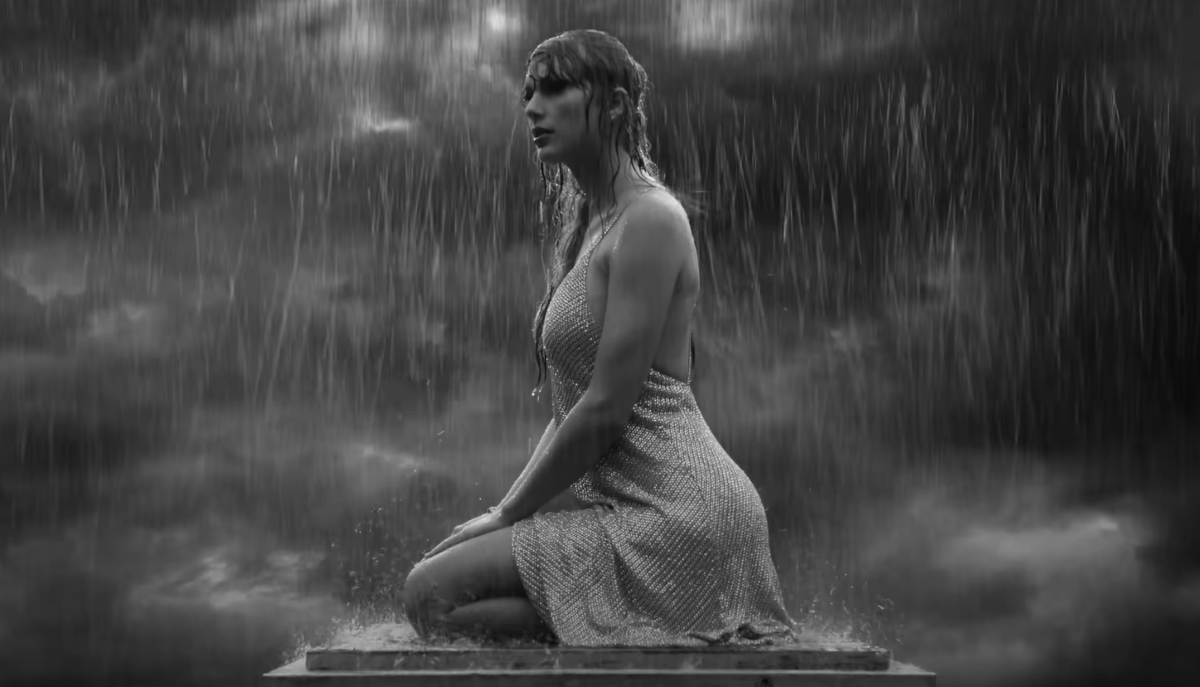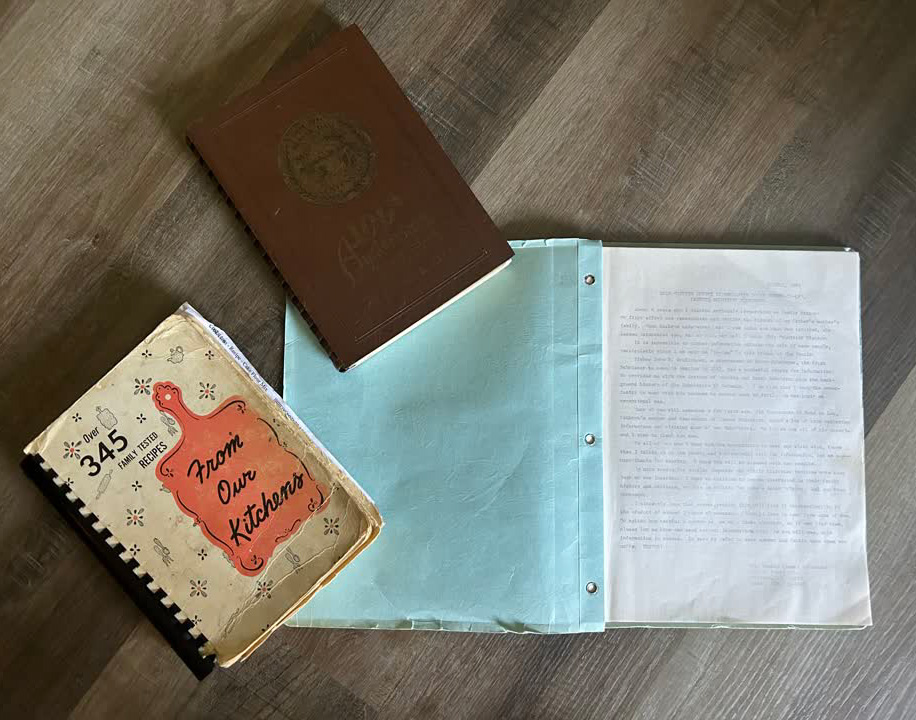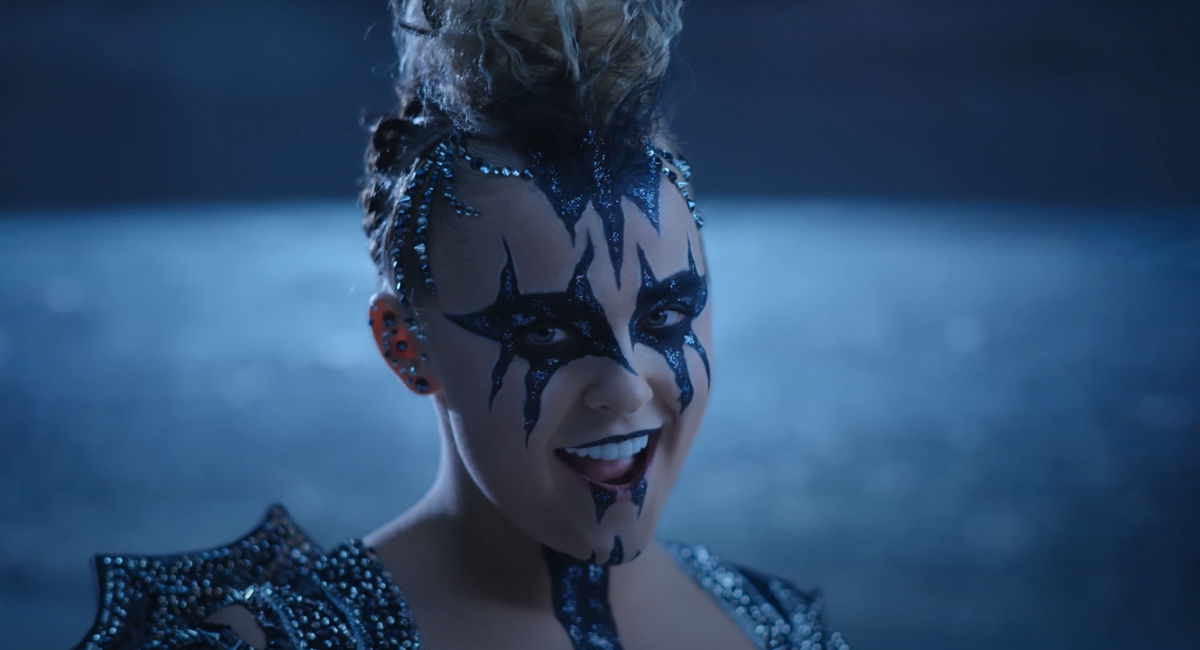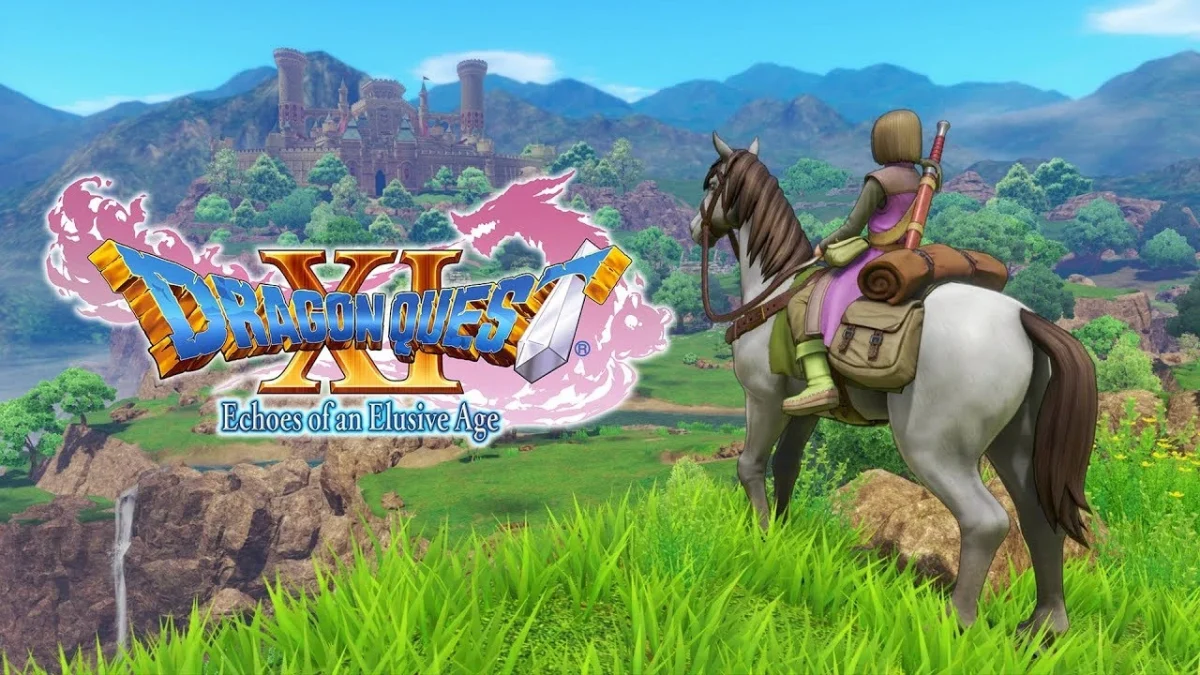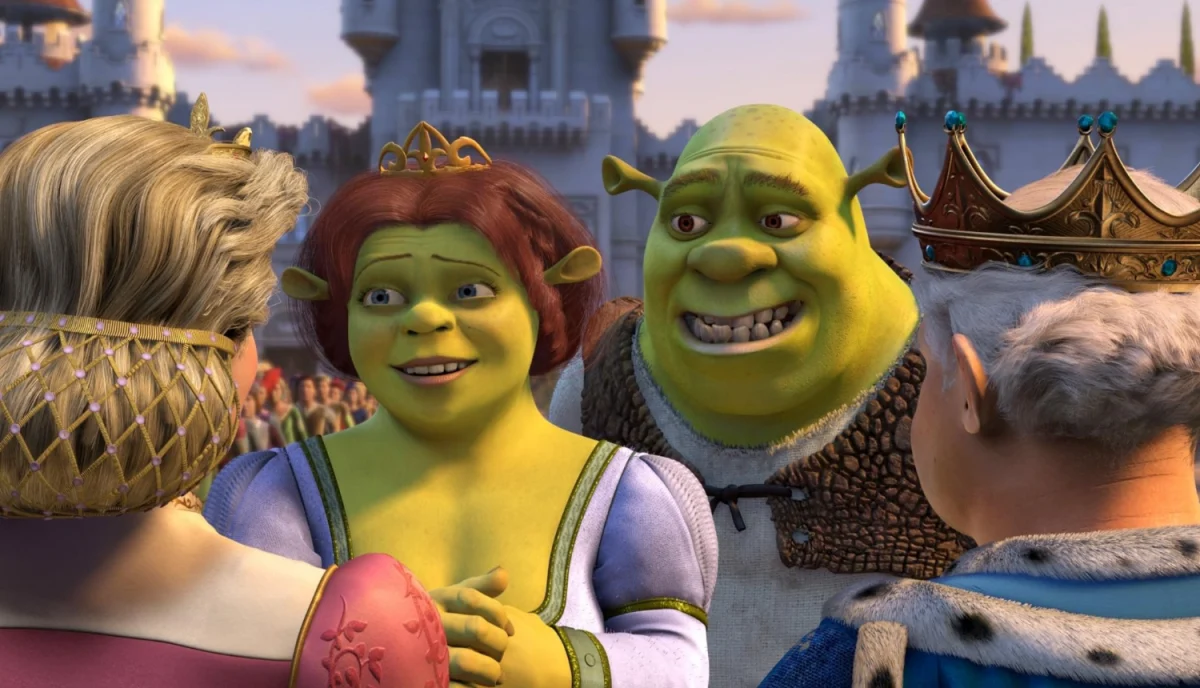What has the formerly prestigious and exclusive media company known as Disney been doing?
More importantly, what is it going to do now without Pixar under its control?
I think director Kevin Smith, creator of films such as “Chasing Amy,” “Clerks” and “Dogma,” put it best when responding to the obvious cuts he made into Disney in “Dogma.”
| I easily can foresee an overhead view one day of the world with a giant Mickey Mouse hat on it, like the ones you get at Disneyland. |
He said, “If Walt Disney were alive today, he would not have let this happen. I’m sure he’s rolling over in his grave right now.”
Smith referred to Disney in “Dogma” by citing its fascist and totalitarianistic practices of dominating every type of media outlet. He made the correlation that the moguls behind the scenes are money-grubbing, pretentious bastards, and as a result, ended up killing all but one of the board members .
Believe it or not, Disney owns major companies in books (Hyperion), the Internet (NBA.com), magazines (U.S. Weekly), movies (Touchstone, Miramax), radio, TV (ABC, ESPN) and TV distribution (Buena Vista). Sadly, it grows bigger and bigger every year.
I can easily foresee an overhead view one day of the world with a giant Mickey Mouse hat on it, like the ones you get at Disneyland. Metaphorically, we already have one on. With Disney owning such a huge chunk of the media, not to mention cruise lines and theme parks, it influences all of us in one way or another on a weekly basis.
I think the way that “Family Guy” depicts Disney owner Michael Eisner – as being a self-advertising cash mogul – is absolutely hilarious, yet sadly accurate. Disney has this nostalgic and inviting image that relates back to our childhoods. Then, I thought Eisner never could do something ruthless. I know better now.
I recently learned that Disney has Disney Visa cards, and there are several promotions offered each year with automotive companies. You may remember seeing ads for cars that say, ‘If you buy this car, you get one of these movies free and can play it on the TV screen in back so the kids don’t scream!”
Disney has gone away from its original formula of making classic and revolutionary animated pictures.
Since 1937, the release year of “Snow White and the Seven Dwarves,” Disney has made history by breaking ground and setting the standard for film animation. But the story ended in 1999 after Disney released “Tarzan,” the last of five historical animated films (the others being “Hercules,” “Mulan,” “Pocahontas” and “The Hunchback of Notre Dame”).
That would mean it took them 33 years to totally skew Walt Disney’s original plan for brilliance since his death in 1966.
The 90s showed the last evidence of animation success for Disney in film format, with “Aladdin,” “Beauty and the Beast,” “The Lion King” and “The Little Mermaid.” Since then, Disney has managed to release absolute animated crap, including sequels to nearly every classic film it made in the past.
It’s no secret the ownership of Pixar has, far and away, rescued Disney from its inevitable plummet from the top. At least, until now.
Starting in 2006, Pixar will have a new film distributor. A CNN article about the breakup showed the move was a clear setback to Disney, which reaped a financial and critical bonanza from the partnership but has struggled with its own strategy for animation.
A clear financial bonanza? You’re kidding. Let me just throw out some numbers from box office earnings statements comparing Disney animated films with those of Pixar. This year, “The Incredibles” has yet to be released, but I will bet any sum of money that it will outsell Disney’s top candidate, “Home on the Range,” which earned a mediocre $50 million.
In 2003, “Finding Nemo” crushed “Brother Bear,” earning $240 million at the box office, compared to “Brother Bear’s” $85 million.
In 2002, “Ice Age” beat both “Lilo and Stitch” and “Treasure Planet.” In 2001, “Monsters, Inc.” destroyed “Atlantis,” and in the years before, “Toy Story 2” and “A Bug’s Life” beat out “Tarzan” and “Mulan.”
The saddest part of the Pixar-Disney story is that Disney now owns the rights to each of these films, giving the company the privilege to create sequels.
The only thing that could come of this can’t possibly be good. “Toy Story 3” already is in production, and since Pixar cannot work its magic, Disney most likely will taint the previous two. The same can be said for “Finding Nemo” and “Monsters, Inc.”
We can see that sub-par sequels of our beloved classic movies – “101 Dalmations,” “Aladdin,” “Cinderella,” “The Lion King” and “The Little Mermaid” – have been created and rarely released in theaters. Will this be the fate of Pixar’s recent classics? I, for one, certainly hope not. But I see no reason why Disney should come out of its shell of animated failure.
If I can cite all the animated mishaps in Disney’s proverbial bag, then I certainly can make a case for its lack of real-life movies as well.
“Bedknobs and Broomsticks,” “Mary Poppins,” “Pete’s Dragon,” “Swiss Family Robinson” and “Who Framed Roger Rabbit,” are some of its past landmark live-action.
Disney’s real-life films, as of late, have been “The Lizzie McGuire Movie” and “The Princess Diaries.” I’m sorry, but these aren’t quite up to the level of what it produced back then.
Many can argue that “Pirates of the Carribean” is the landmark film that will help bring back Disney’s old glory. However, we have to keep in mind the original premise was based on a ride in its theme parks that has been a prevalent part of the Disney image for decades. If it wasn’t for Johnny Depp and thousands of throbbing teenage girls, that film would have been dropped like it was hot. Not to mention that Disney most certainly will bleed that movie dry with sequels and try other projects like “Space Mountain: The Movie.”
Simply put, if Disney doesn’t get its head out of its ass soon, all of its stockholders can expect a slow but sure decline.
Come on, Disney, prove me wrong and turn it around.


